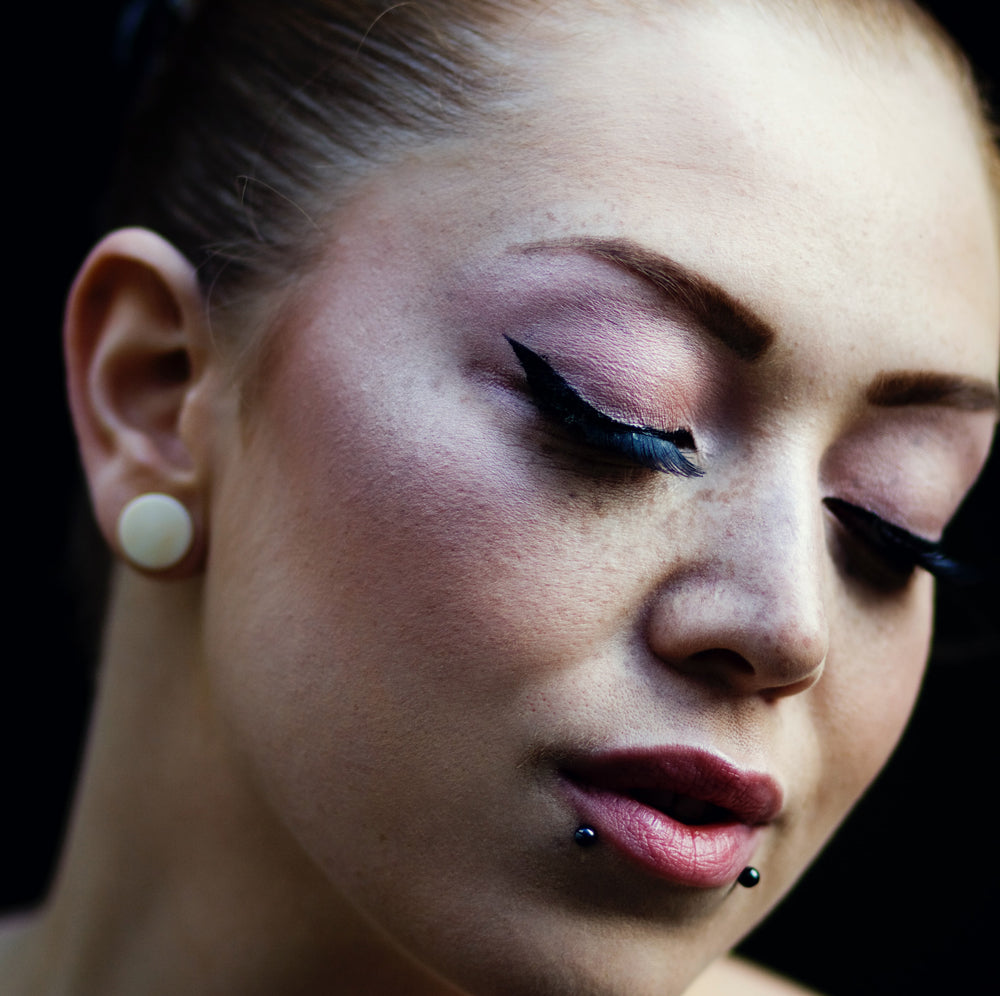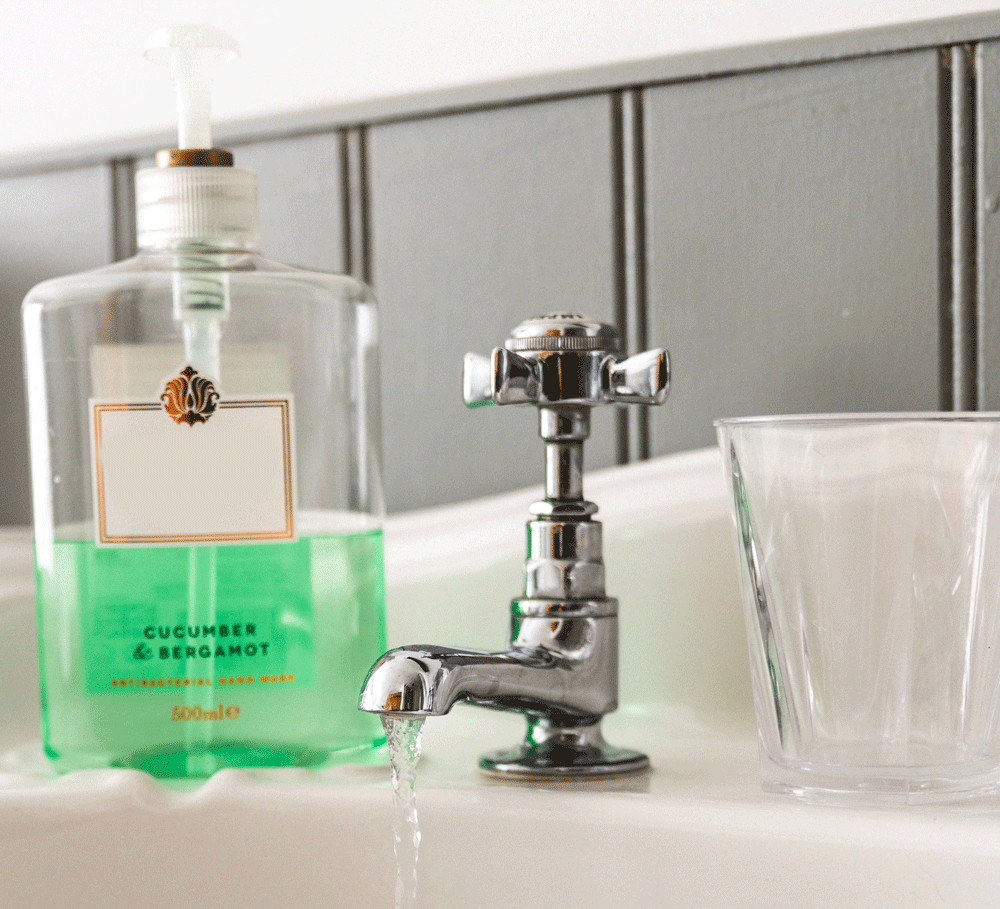When discussing piercings or piercing jewelry, you often hear the term “labret” thrown around. This can be confusing because it’s used in multiple contexts to mean multiple things. So, if you’re feeling a bit confused or want to make sure you’re using it correctly, we’re going to break it down for you.

First there is the labret piercing. This is like a standard, horizontal piercing of the lower lip. The difference is that it is placed lower, in the chin area. It is generally done with straight jewelry for the initial piercing. It’s also a common non-ear piercing for stretching! A stretched labret piercing can have amazing visual impact with the right jewelry. Since any labret piercing is partially an oral piercing, it can potentially cause dental damage. This is something your piercer should take into account before performing it. You may wish to check the inside of your mouth prior to the piercing to see where the end is going to rest. A good piercer will listen to any concerns you may have regarding your teeth and place the piercing accordingly.

Secondly there is the “labret stud”. This is similar to a straight barbell except that one of the ends is a (generally) non-removable, flat disc. The other end would be anything from an unadorned ball end to a charm to a gem end. They range in gauges and lengths and work well for many cartilage piercings. Six-millimeter and eight-millimeter labret studs in 16 gauge are very commonly used for ear cartilage piercings when straight jewelry is called for. The flat ends make them comfortable for sleeping on and they fit a wide range of piercings from conch to helix to tragus. Eighteen-gauge labret studs are even commonly used in nostril piercings, both for the security of their fit and because the disc end won’t abrade the lining of the nostril. This is one style of jewelry that can practically do it all!
Finally, there is the vertical labret piercing. While the standard labret piercing is down in the chin area, a vertical labret piercing is placed vertically through the lower lip. Unlike the standard version, this does not touch the inside of the mouth at all. It also uses a curved barbell instead of a labret stud. The downside of a vertical labret piercing is that it is anatomy dependent, requiring a prominent lower lip, whereas a standard labret piercing is almost universally compatible with any facial anatomy. The vertical labret piercing has been having a definite moment recently, going from an uncommon piercing to one that is much more regularly seen in the wild.

Specificity can be extremely important when it comes to body piercing. Whether you’re going for a piercing or just buying new jewelry, you want to have your terminology correct to make sure that everyone is one the same page. Now the next time someone casually mentions the term “labret”, you’ll know whether they mean the jewelry or one of the piercings. This also means that if you’re talking to your piercer, you’ll be an educated client – which is always appreciated.
Happy Piercing!






